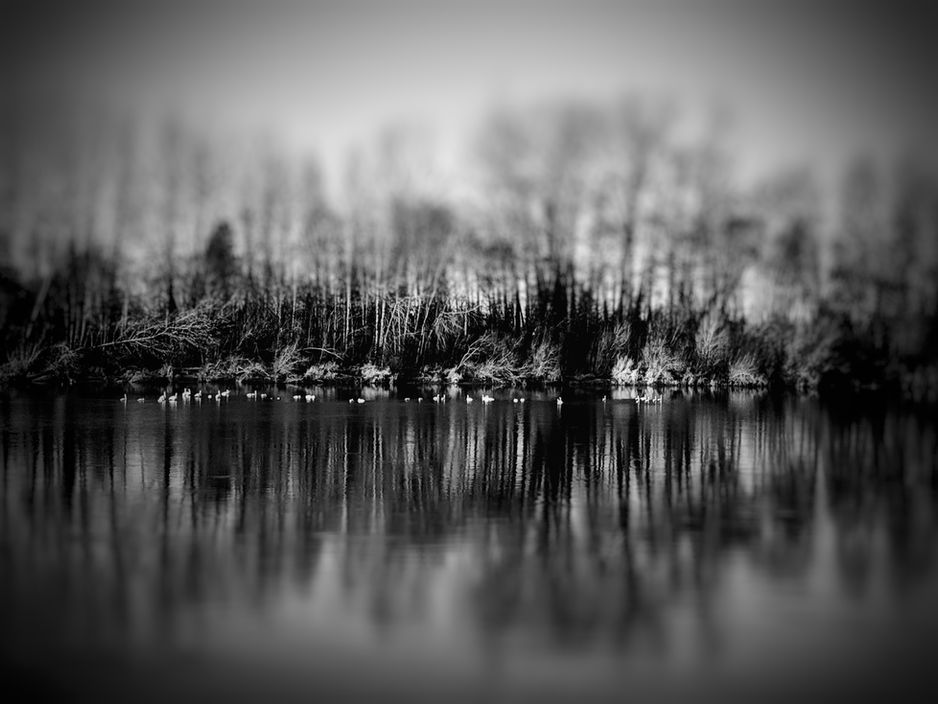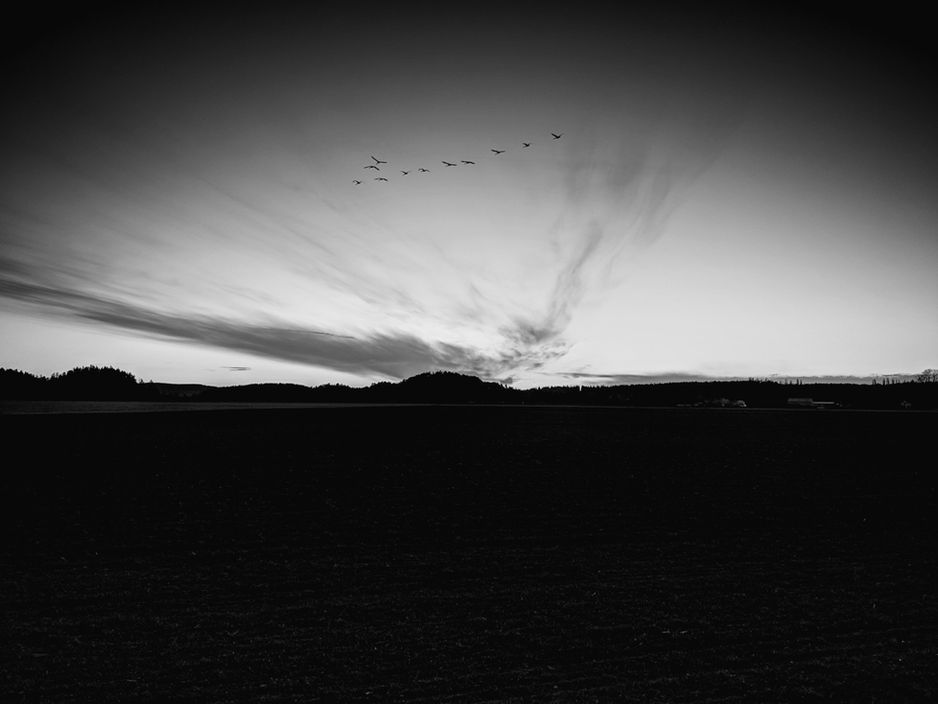
ARTIFACTS OF THE FEED
ARTIFACTS OF THE FEED
Today we view our lives through an endless feed of computer-generated images. Our modern global community records life through cellphones and social media tools, tools provided by technology. The continuous feed of data comprises digital artifacts — excerpts of our lives, our reality — that we feed to the world. An artifact is an object or work that humans have manufactured; it is not something from nature, but a signal of the presence and influence of man. The term “feed” refers not only to the act of giving or receiving food but also to a channel through which matter passes and can be accessed. Artifacts of the Feed presents human-made manifestations of reality that represent how the process of documentation has evolved throughout a career of observation with camera, film, and now cellphone. Analog and digital means of chronicling the world will result in two very different records of the moment of exposure or capture — one which you can hold in your hand, the other requiring a computer to view. Both are intended to record reality.
Although transiently, monochrome photography has been a part of my process since first developing a film roll as a fourteen-year-old. To me, photography is transient because making pictures with the camera has come in and out of my daily activities: sometimes, picture making is an all-consuming endeavor, while at other times, many months can pass without me reaching for the camera. Yet whenever I do pick up the camera, I am guided by the works of naturalist Edward A. Samuels (1836–1908) — embodied in his book With Fly-Rod and Camera (1890) — and Darius Kinsey, who more than a century ago spent his life documenting the virgin forests of the Pacific Northwest and those who harvested them. The images of both photographers appear a combination of silver and charcoal, ultra-high contrast, otherworldly. Leafing through the pages of their books, I find myself transported back in time by the images. In their conscientious documentation of a natural world undergoing great change, I also see a model for my work.
Both Samuels and Kinsey employed field cameras to make monochrome analog images. These field cameras consisted of a simple box, bellows, and lens, into which was placed a sheet of film. Then, onto the film was exposed an image composed by the photographer. Experience with light, camera, and the day’s chemistry informed the appropriate exposure and development for these photographers. The negative quality, which was on glass plate or acetate, would dictate the final image’s quality. The negative would be placed in intimate contact with photographic paper and exposed to light. The result, a contact print ranging in size from 6" x 7" to 14" x 17" and receiving no additional manipulation, was referred to as “straight photography.”
The images comprising Artifacts of the Feed, however, are anything but straight photographs. While these images borrow from Samuels and Kinsey’s aesthetic, they are created using a machine that houses high-tech sensors and conducts advanced mathematical processes: the cellphone. Nevertheless, as was the case for both Samuels and Kinsey, I have spent countless hours in the Northeast and the Northwest forests. I have done so with medium- and large-format cameras at my side — some identical to Kinsey's. But, while both view camera and cellphone require composing the image on a plate of glass, the outcomes — though similar in appearance — are in reality quite different. Then, in this transfer between processes, it is the action of making the image that becomes most poignant. Artifacts of the Feed presents contemporary documentation with digital capturing as its core — one might even say it is With Fly-Rod and Camera 2020. These images, manufactured through digital technology and by their nature slaves to an algorithm, are artifacts of man. And, just as Samuels and Kinsey fed a world of people hungry for documentation of their work, their lives, and their homes, this series continues in the same vein, feeding the desire for records that present reality.






















